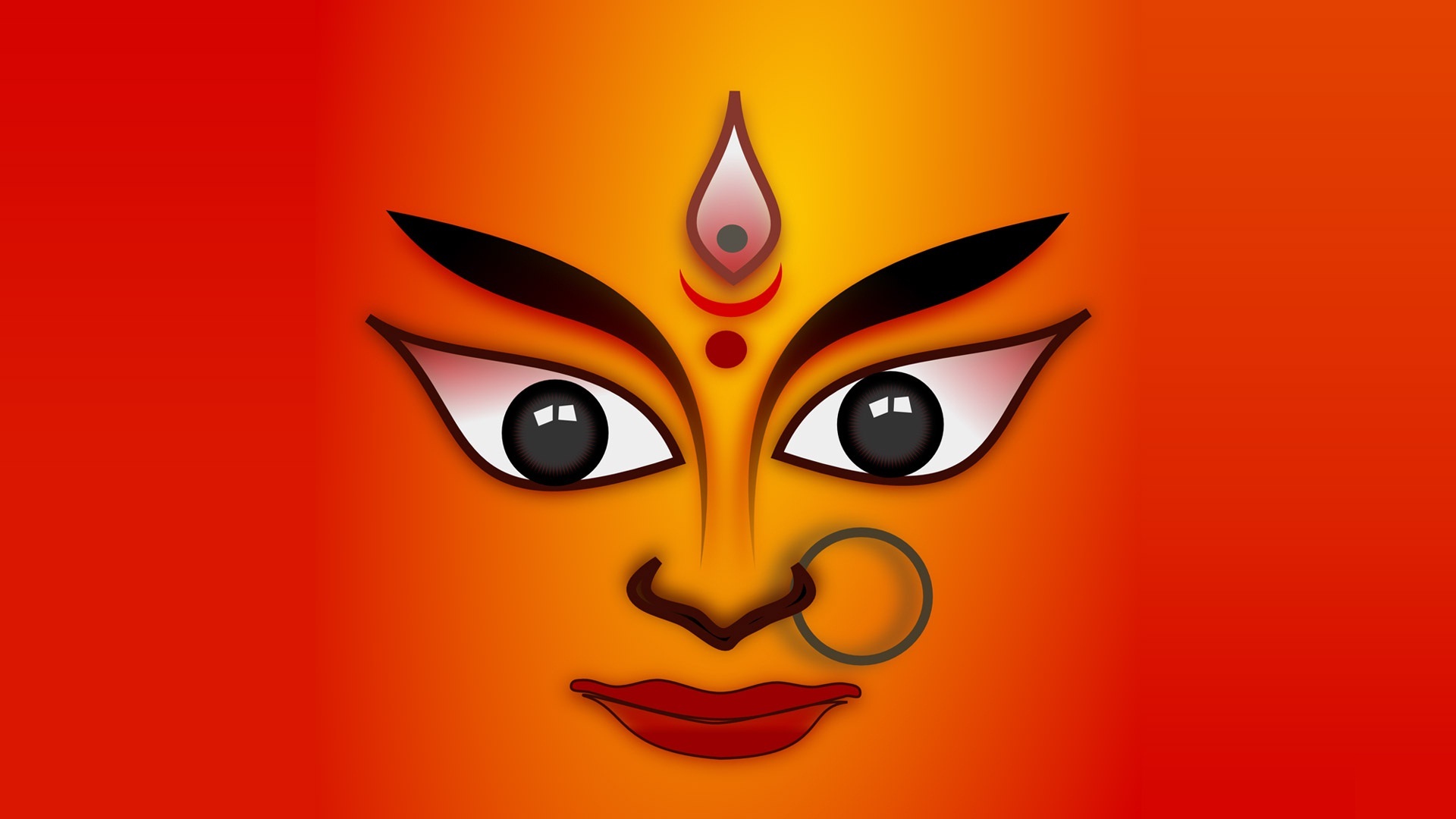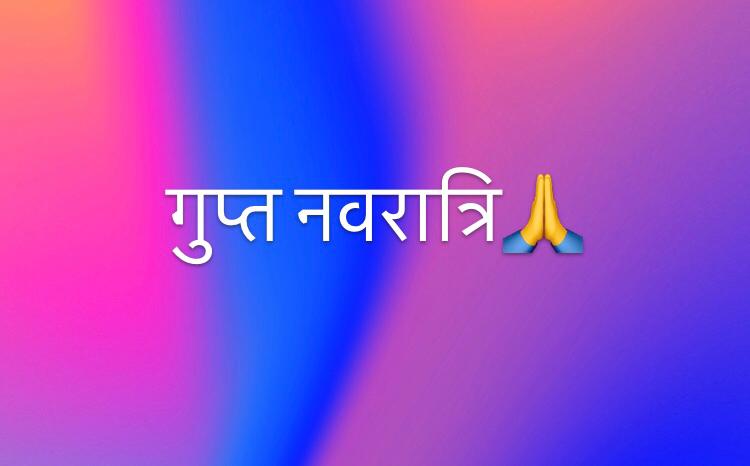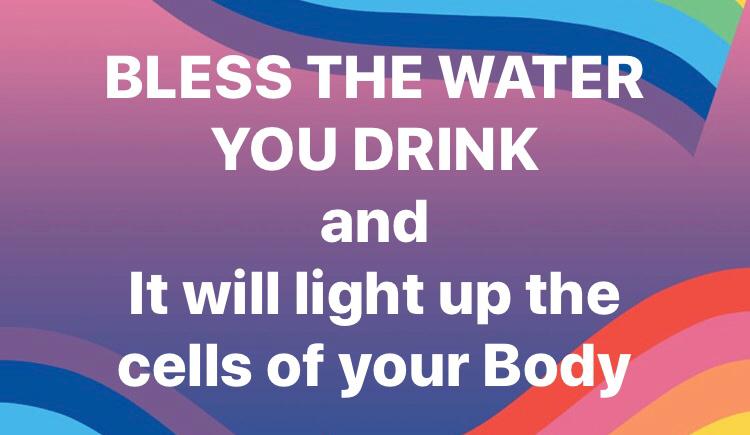NAVRATRI is a spiritual celebration and opportunity for gaining WISDOM, BLESSINGS and PROSPERITY..
In Hinduism, the nine forms of Mata Durga or Parvati are called together. Nav Durga is called the Destroyer of sins. Every goddess has different vehicles and weapons, but all of them are one.
The nine-day festival leads to the detoxification of body, mind, and soul. While body detoxification involves the Navratri diet containing eating less food devoid of cereals, mental and soul detoxification involves practicing Yoga Sadhna as described in nine forms of Durga.
The names of Navadurga are given in the following verses in the Devi Kavach Stotra under the Durga Saptashati Granth respectively.
प्रथमं शैलपुत्री च द्वितीयं ब्रह्मचारिणी।
तृतीयं चन्द्रघण्टेति कूष्माण्डेति चतुर्थकम्।।
पंचमं स्कन्दमातेति षष्ठं कात्यायनीति च।
सप्तमं कालरात्रीति महागौरीति चाष्टमम्।।
नवमं सिद्धिदात्री च नवदुर्गा: प्रकीर्तिता:।
उक्तान्येतानि नामानि ब्रह्मणैव महात्मना:।।[1]
The nine Powerful forms of MAA DURGA
SHAILPUTRI
BRAHMCHARINI
CHANDRAGHANTA
KUSHMUNDA
SKAND MATA
KATYAYANI
KALRATRI
MAHA GAURI
SIDDHIDATRI
First day of Navaratri – SHAILPUTRI

In mythology, Mata Shailputri is a daughter of mountain king – Himalaya. She is the first among nine avatars of Durga and worshiped on the First day of Navratri. After the self-immolation as Goddess Sati, Goddess Parvati took birth as the daughter of Lord Himalaya. In Sanskrit, Shail means the mountain and due to which Goddess was known as Shailputri, the daughter of the mountain. In this form, the Goddess is seen riding a bull and carrying a Trishul and Lotus in her hand.
In yogic language, it represents the lowest chakra, Muladhara chakra. And the bija sound to chant is LAM in the sacral root area.
Shailputri represents the shakti or power of the root chakra, who, upon awakening, begins her journey upwards in search of the last crown chakra (Shiva).
Bhog (Offerings): On this day, fast is observed and pure Ghee is offered on the foot of Goddess Shailputri. It is believed that by offering this bhog, the devotees are blessed with a disease-free life.
Second day of Navaratri – Maa BRAHMCHARINI

The form of Goddess Brahmacharini is extremely radiant and majestic. Maa signifies love and loyalty, wisdom and knowledge. She holds a rosary(mala)in her right hand and a Kamandal in her left hand. She wears Rudraksha. The word “Brahm” refers to Tapa (penance) – Her name means “one who performs Tapa (penance)”.
Goddess Brahmcharini blesses you with great emotional strength and you may be able to keep your mental balance and confidence even in the darkest hour. She inspires you to hold on to your ethics and march on the path of duty. By the grace of Maa Brahmacharini, you strive to move forward in life without getting disheartened by the numerous challenges coming your way. Her blessings help you get rid of selfishness, ego, greed and laziness.
The blessing of Brahmacharini Devi will grace you with the ability to perform great austerities as you calmly detach from worldly affairs. If the Goddess is pleased, She will grant the ultimate in sacred wisdom – the wisdom of the Supreme (Brahma Gyaan; knowledge of Brahman).
Bhog (Offerings): As maa lived a simple life full of penance she like simple things. Just offer sugar and fruits to Maa Brahmcharini and please her. This increases the longevity of the devotee and his/her family.
Third Day of Navratri – Maa CHANDRAGHANTA

On the third day of the Navratri puja, it is customary to worship Maa Chandraghanta Devi. She rides on a tiger and there is a crescent moon decorating her forehead. The name Chandraghanta means the one with a moon in her forehead.
It is believed that the planet Shukra is governed by Goddess Chandraghanta. Therefore Chandraghanta will give all the pleasures of the world and make people comfortable in their lives. Blessed by Chandraghanta, you will find all the wealth and prosperities coming on your way and a luxurious way awaiting you. You will never find short of food at home.
Please Maa Chandraghanta with your devotion and meditation. Do the sixteen types of offerings and conclude the puja with aarti praying the goddess to shower her infinite blessings for the welfare of the family.
Bhog (Offerings): It is auspicious to offer milk or sweet milk pudding to Maa Chandraghanta and please her.
Fourth day of Navratri – KUSHMANDA Maa

Fourth day of Navratri is dedicated to ‘Maa Kushmanda’. Devotees on this day enchant mantras and offer red flowers to Maa Kushmanda and wish for good health and prosperity in life.
Maa Kushmanda is also known as Ashtabhuja Devi, which means she has eight hands. In her figurine, she can be seen holding Kalash, chakra, gada, kamandal, rosary, lotus, bow and arrow. It is believed that all the power to bestow Siddhis and Niddhis are located in her Jap Mala.
Maa Kushmanda is also named as ‘Adi Shakti’. It is believed that Goddess Kushmanda is the one who governs the sun. Goddess Kushmanda resides at the core of the Sun and provides energy. She rides a lion.
She blesses us with Ashtshakti (8 types of wisdom), Navnidhi (9 types of wealth).
Kushmanda Governs heart chakra
Bhog (Offerings): offer Maalpue to Maa Kushmanda.
Fifth day of Navratri – SKANDMATA

Skandamata, or the mother of Kumar Skanda, is worshiped on the fifth day of Navratri. As a symbol of fertility, motherhood, mother-child relationships and endurance, she is often depicted holding her six-headed-son in her lap. Worshiping this goddess is believed to bring purity of mind, as her devotees enter the Vishudh Chakra i.e., a state of being in undiluted thoughts. After attaining their true desires, worshipers shout the slogan “Jai Skandamata”.
While worshiping her, the devotee should have absolute control over his senses and mind.
Her worship is twice blessed. When the devotee worships her, Lord Skand, her son in her lap, is automatically worshipped. Thus, the devotee happens to enjoy the grace of Skandmata along with the grace of Lord Skand.
Devotees invoke the blessings of Skandamata Devi through chanting mantras, fasting and praying. Several other deities are also worshiped along with her on Navratri Panchami (fifth day) for their blessings.
Bhog (Offerings): On this day, offering banana naivedya to mother is very good.
Sixth day of Navratri – KATYAYANI Maa

Mother Katyayani in the sixth form of Mother Durga. It is said that if unmarried daughters worship Mother Katyayani then the yoga of their marriage is quickly created. It is said that by worshiping them all problems (fear, freedom from diseases ) are solved. It is believed that Mother Katyayani was born to Mahrishi Katayana. It is believed that Goddess Durga was pleased with his penance and gave him a boon that his daughter would be born, whom people would worship.
Such is the nature of Mother Katyayani, which is very grand and divine. It is bright like gold. She has four hands. The upper hand on the right side is in Abhayamudra and the lower hand is in the pose. On the left side of the mother there is a sword in the hand and lotus flower is adorned in the lower hand. Their vehicle is also a lion.
Most of the obstacles and troubles of life are overcome by the worship of Mother Katyayini. Those girls who are delayed in marriage or marriage are being obstructed, the planets are obstructed and they are rewarded with the life of Katyani Yantra, and for a certain number of days it is very profitable to chant the magic of Katyayani Devi.
Bhog (Offerings): To please mother Katyani offer honey.
Seventh day of Navratri – KALRATRI Maa

She has a dark complexion, dishevelled hair and a fearless posture. She has three eyes that shine bright, with flames emanating from her breath. She is the fiercest form of goddess Durga, and she is dressed in white, a colour that represents peace and prayer.
This form of Goddess is believed to be the destroyer of all demon entities, ghosts, spirits and negative energies, who flee upon knowing of her arrival.
Maa teaches us that sorrow, pain, decay, destruction and death are unavoidable and cannot be ignored.
These are the truths of life and denying them is futile. We must accept their presence and significance to realize the fullness of our being and our potential.
Demonic entities, ghosts, evil spirits flee away by chanting her name.
Maa Kaalratri is mostly worshipped during the nine nights of Navratri. She is also associated with the crown Chakra thereby giving the invoker, Sidhhis and niddhis (particularly, knowledge, power and wealth).
Bhog (Offerings): Offer jaggery to the mother. By offering jaggery to the mother on the seventh Navratri and donating it to a Brahmin, one gets relief from mourning and also protects from impending troubles.
Eight day of Navratri – MAHAGAURI Maa

Maha Gauri is intelligent, peaceful and calm.
It is said that due to her long austerities in the deep forests of the Himalayas, her colour transformed from white to back.
However, later, when Shiva cleaned her with the waters of the Ganga, her body regained its beauty and she came to be known as Maha Gauri, which means extremely white.
She adorns white clothes only because of which she is also known as Shwetambardhara.
Maa Mahagauri blesses beauty. Do dhyan on Maa while keeping white flowers in palm.
Kanya poojan or worshipping of girls aged between 2 to 10 years is considered very auspicious on this day. The right number of girls for worshipping is 9 but worshipping 2 girls will solve the purpose. Give gifts to the kanyas after they had meals.
Bhog (Offerings): On the eighth day of Navratri, offer coconut to the Maa and also donate coconut. It gets rid of all child related problems and gets the blessings of the Mother Goddess.
Nineth day of Navratri – SIDDHIDATRI Maa

Goddess Siddhidatri is worshipped on the ninth day of Navratri. She has supernatural healing powers
Governing Planet – It is believed that Goddess Siddhidatri provides direction and energy to planet Ketu. Hence, planet Ketu is governed by her.
Iconography – Goddess Siddhidatri sits on Kamal and rides on the lion. She is depicted with four hands. She has Gada in the one right hand, Chakra in the other right hand, lotus flower in the one left hand and Shankh in the other left hand.
Details – She is the Goddess who possesses and bestows all type of Siddhis to her devotees. Even Lord Shiva got all Siddhis by grace of Goddess Siddhidatri. She is worshipped by not only humans but also by Deva, Gandharva, Asura, Yaksha and Siddha. Lord Shiva got the title of Ardha-Narishwar when Goddess Siddhidatri appeared from his left half.
Bhog (Offerings): On the last day of Navratri i.e. on Navami Tithi, offer sesame seeds and donate it to a Brahmin. This provides relief from death fears, as well as protection against untoward incidents.
NOTE- Offer Daily Honey and perfume (Etra) to Devi ma. On each day of Navratri







